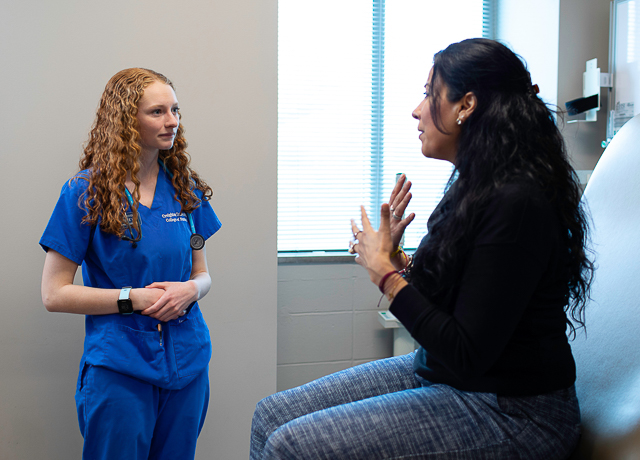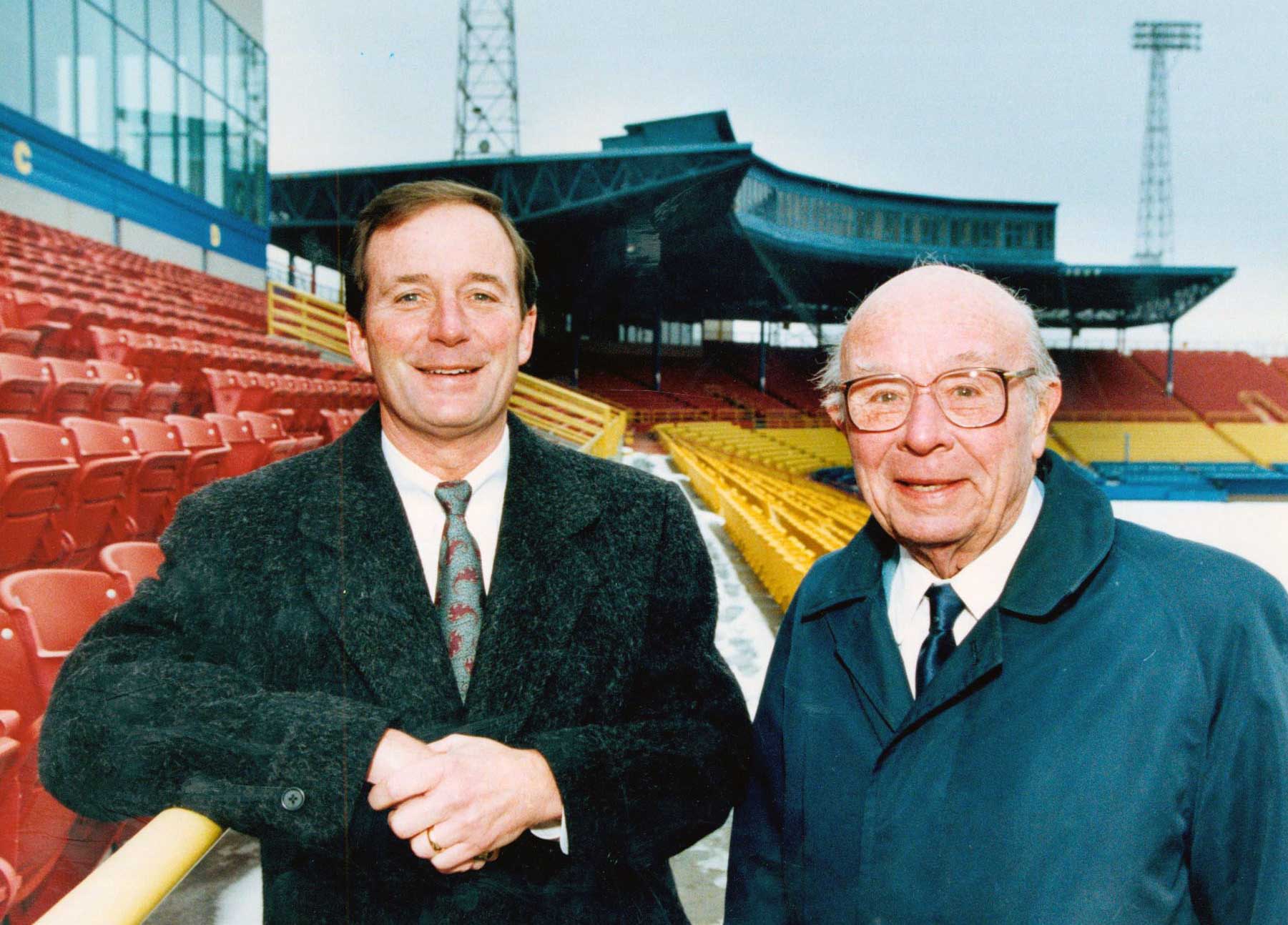Featured Testimonial About Creighton University
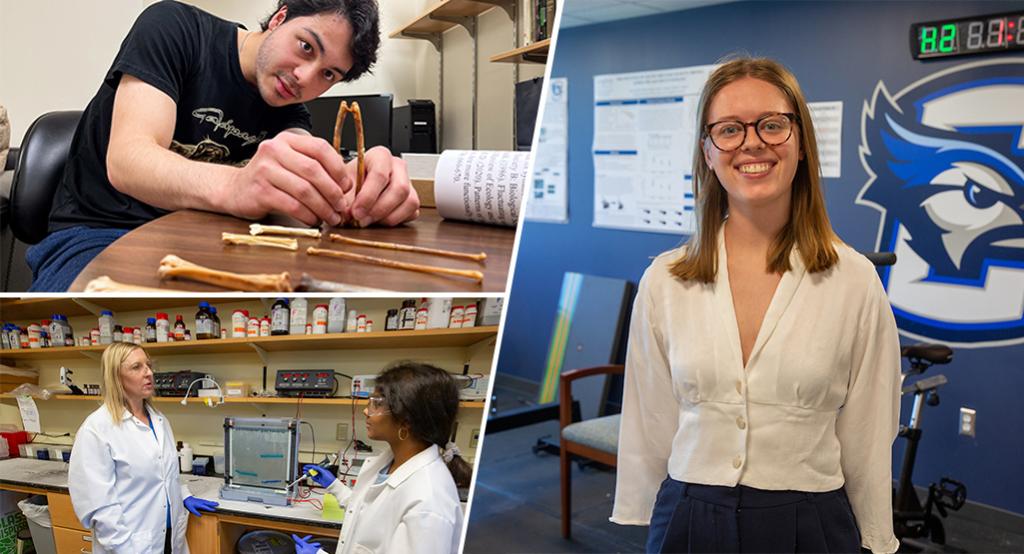
This isn’t something I would be doing almost anywhere else without a master’s or PhD.
By Micah Mertes
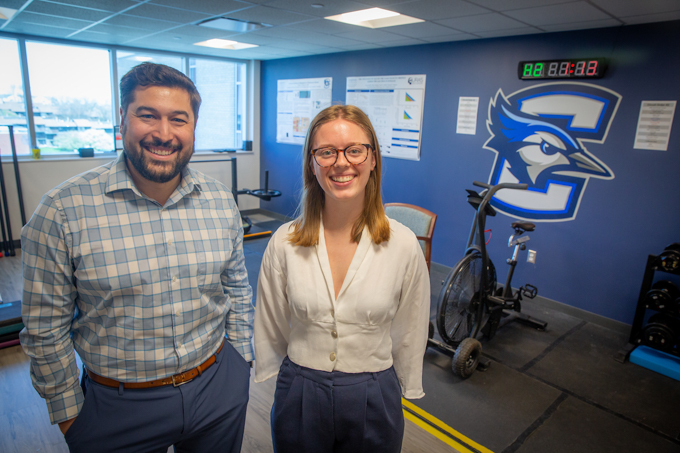
The important thing is to keep moving. Through repetition, trial and error, and the careful gathering of data, we just might discover that we’re capable of far more than we thought.
This is true in science, in work, in life itself, says Devon Stoffel, class of 2025 exercise science and pre-health professions student at Creighton.
Stoffel is an undergraduate student researcher in the College of Arts and Sciences who, along with her faculty mentor Mitchel Magrini, PhD, is exploring the influence of age on women's load-velocity profiles. (The load-velocity profile is a metric commonly used to assess athletic performance; it measures the relationship between how much a person can lift and how fast she can lift it.)
During their research, they found something unexpected. And, for some, possibly life-changing.
For the study, conducted over the summer of 2023, Stoffel and Magrini invited 32 young, middle-aged and elderly women into their lab in the Criss Health Sciences complex. There, the participants put the belt of a squat machine around their waists, bent down into a squat and continually pushed their legs up as fast as they could. The initial load of the rack was 31 pounds, with the load resistance increasing by 20% of the participant’s body weight with each subsequent set.

The machine’s screen displayed the load-velocity profile of every squat, the number taking into account both the resistance and speed of each movement.
When the load increased, the participant moved slower. Older women were weaker and moved slower when compared to younger, yet there was no difference between the older and middle-aged women
“We discovered that between our middle-age and older-age groups, there were no significant differences between how fast someone is able to lift weight and the load of the weight they’re able to lift,” Stoffel says.
In other words, elderly women don’t have to decline in muscular function and physical abilities at the steep rate that is commonly accepted.
The study's overarching theory is that with proper fitness training — promoting not just endurance but speed of resistance lifting — older women can slow their physical decline. They can pick up their grandkids or climb a set of stairs without difficulty. They can decrease their odds of falling and injuring themselves.
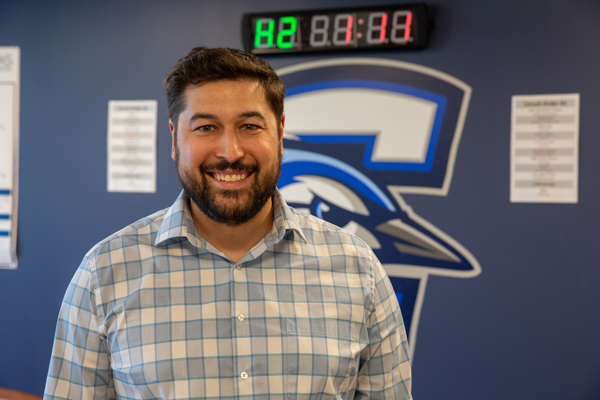
“That’s our story,” Magrini says. “As you age, you’re not just losing strength and velocity or movement speed. You’re losing both. We’re now trying to figure out how to harness this really simple relationship into a training program and inform older people to keep moving fast and lift light loads quickly.
“We’re trying to break through the barriers of the thinking that, ‘If you’re old, you’re also slow.’ But no. It doesn’t have to be that way. Can we stop the decline 100%? No, father time is undefeated. But if we can mitigate the decline, then we can maybe feel better, move faster and be more functionally able over a longer period of our lives.”
Their research continues.
* * *
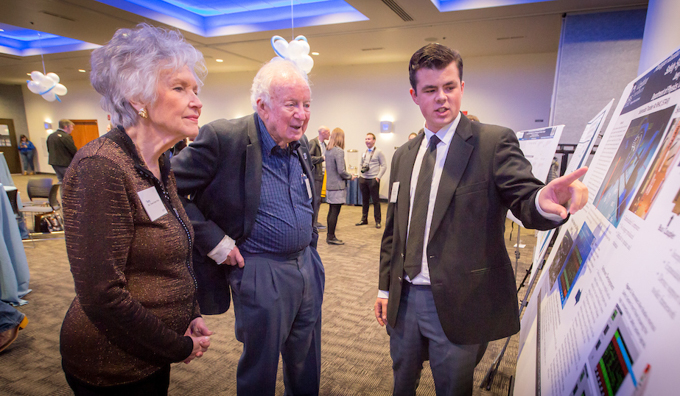
Stoffel’s study was part of the 2023 Ferlic Summer Undergraduate Research Fellowship (SURF) Program, which each summer gives 14 Creighton undergraduates the opportunity to conduct and later present a research project.
Over nearly two decades, the Ferlic program — established by donors Randolph Ferlic, BS’58, MD’61, and Teresa Kolars Ferlic — has awarded nearly 250 students the time, finances and resources to spend a whole summer in the lab, slowly but surely adding to the pool of knowledge across dozens of STEM fields. Three in four Ferlic fellows have gone on to attend graduate or professional programs. There’s also a significant benefit to many of the fellows’ faculty mentors who secure subsequent grant funding from external sources.

The Ferlic program has helped to spark a university culture fully committed to the practice of undergraduate research. Today, more than half of Creighton’s College of Arts and Sciences undergraduates participate in research. More than 400 students present their findings at conferences every year. More than 200 faculty members mentor students through CURAS (the Center for Undergraduate Research and Scholarship).
“The whole University has bought into undergraduate research,” says Julie Strauss-Soukup, BSCHM'93, PhD, Vice Provost for Research and Scholarship. “What’s really unique about Creighton is these students are doing truly high-level projects.”
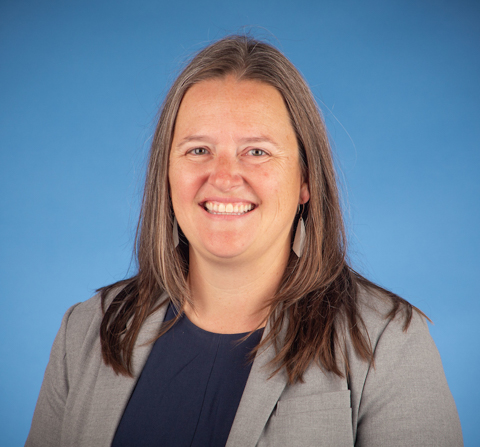
At bigger schools, Strauss-Soukup says, undergraduate students might be part of a research project but in a limited capacity. They might be entering data, cleaning the lab or washing dishes. At Creighton, the students are given the responsibility of leading their projects as independent researchers.
“Creighton is kind of a unicorn,” says Ashley Fricks-Gleason, PhD, who joined Creighton this June as the director of CURAS. “At the big R1 institutions, undergraduate students contribute to high-level research in a limited way. At smaller, primarily undergraduate institutions, the students might be doing the entirety of the research work, but they’re not resourced to do projects that are the caliber of what Creighton students are doing.
“Creighton really has this unique niche middle ground where the support, mentorship and independence are aligned in a way that you don’t see almost anywhere.”
Giving undergraduate students the experience of graduate-level research so early in their education ties into one of the University’s core values: discernment.
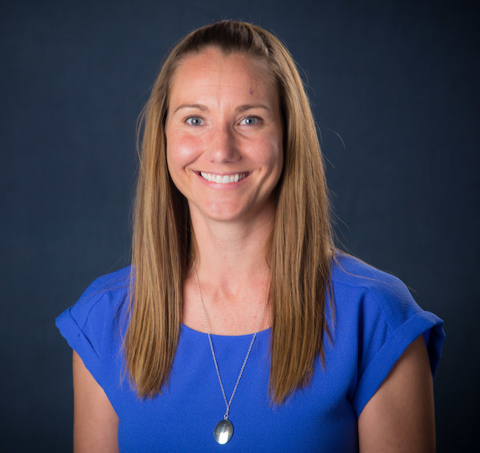
Creighton encourages every student to keep asking: What are my strengths? What do I care about most? What path should I take? How will my research make a meaningful and lasting difference in the world?
“With the support of people like the Ferlics, Creighton can present this great opportunity to students to figure out what they want to do or don’t want to do in their future career,” says Amanda Holman, PhD, associate professor and previously the interim CURAS director. “Some of our students will be majoring or minoring in a particular area, and then their summer research project will take them in a whole new direction they hadn’t considered exploring.”
In this way, the entire apparatus of undergraduate research at Creighton is itself a form of research and development, one that allows students to test-pilot different lives.
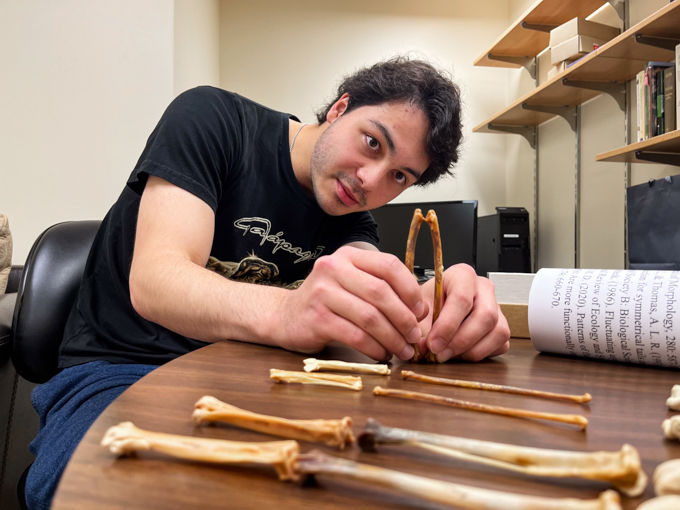
Thanks to the influence of a few undergraduate research projects, Ferlic fellow Julian Garcia, BS’24, steered his career down a different path.
Garcia, who majored in biology, came to Creighton on the pre-medicine track. He immersed himself in a few research opportunities early on, including going to Ecuador and the Galápagos to conduct intensive field research projects in ecology, evolution and conservation. (“If you look and ask around, you will never lack for opportunities at Creighton,” Garcia says.)
In the summer of 2023, Garcia was awarded a Ferlic fellowship grant. He used it to study fluctuating asymmetry in the red-tailed hawk. Under the mentorship of associate professor of biology Gabriel Rivera, PhD, Garcia compared levels of symmetry between and within limbs in 43 specimens, the hawks’ bones on loan from the University of Nebraska-Lincoln and the University of Kansas.
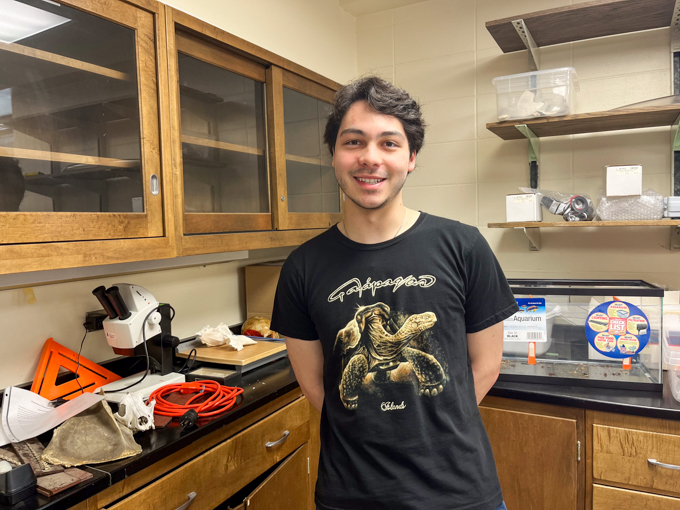
“That summer project, in particular, was such a blessing,” Garcia says. “Having my own project has given me the confidence to pursue a career in research. It helped me see that what I’m most passionate about is science and its discovery. So I thought, ‘Why not make a career of that?’”
This fall, Garcia is conducting graduate research in neuroscience and neuroimmunology at the University of Nebraska Medical Center.
“If it weren’t for my Ferlic grant and summer project, I’m not sure I would have known to go in this direction,” Garcia says. “It’s been a great exercise in the scientific method, observing how my thinking has continued to change sequentially.
“I see things so much differently than I did when I started at Creighton.”
* * *
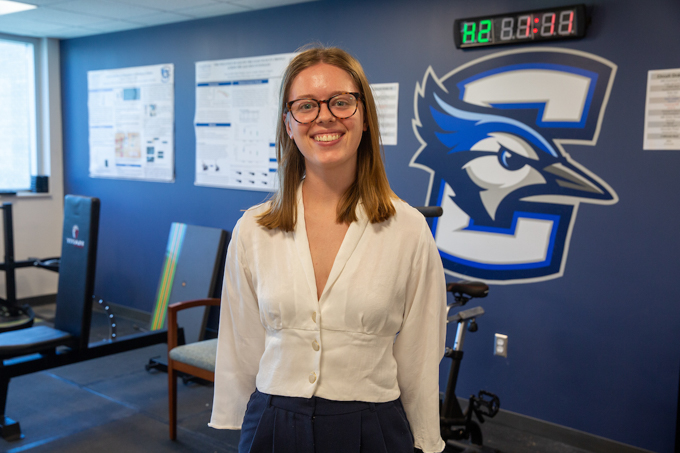
Devon Stoffel came to Creighton on a pre-physical therapy track and had little interest in research. That changed when she sat in on a few training sessions of a Dr. Magrini-led study. (She would later continue and adapt his research in her Ferlic summer project and beyond.)
Over the past few years, Stoffel hasn’t just found that she enjoys research. “No,” she says, “I’ve discovered that it was the missing hole in my heart all along.”
Working with participants, running code, analyzing data, presenting results, writing manuscripts — these are the things Stoffel wants to spend her career doing.
“More specifically, I’d love it if I could just work with middle-aged females for the rest of my life,” she says. “They’re awesome to work with. And they laugh at all my jokes.” (Citation needed.)

A year before she graduates, Stoffel has already found her career niche: researching women’s health. She decided this after she heard a surprising and troubling statistic: From 2007 to 2014, only 6% of research in health science and exercise-related research was done on females only. (“That’s insane, right?” Stoffel says.)
Stoffel, who is from New Jersey, says most of her hometown friends are studying in the healthcare field. They can’t even grasp the number of opportunities and level of independence she’s had.
“This isn’t something I would be doing almost anywhere else without a master’s or PhD,” Stoffel says. “We are so lucky. We have endless opportunities to find that thing that sparks everything else and to find the career you love so much it makes you think, ‘I don’t know why people would want to do anything but this.’”
Magrini laughs. “As you can see,” he says, pointing to Stoffel, “the passion is there. My job as a faculty mentor is easy. I’m just here to help guide her.”

“Or reel me in,” Stoffel says.
Magrini allows his research students to be as hands-on as possible, to get a feel for what it’s really like to do research and develop a program, work with participants, write a paper and present your findings.
“The students aren’t just being used as an extra set of hands,” he says. “These projects belong to them. They’re contributing to the research and, ultimately, to their field of study.
“I love this part of Creighton. It’s why I signed on to teach and conduct research here. Could I go to a place where a grad program would make the research go a little faster? Probably. But would it be as impactful? No.
“These students are the future of research, and they’re already making major progress. How many other 21-year-olds are making an impact on the world like this? What other schools are doing this?”
* * *
When Stoffel presented the poster of her summer research project at the Ferlic Fellows reception last fall, her favorite person to present to was the man who made her project possible: Dr. Randolph Ferlic.
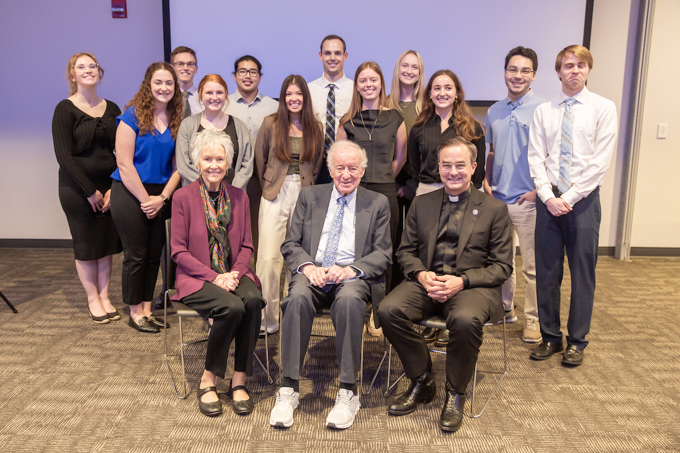
“He’s awesome,” Stoffel says. “He came up to my poster and fully grasped the conclusion and purpose of my project. Exercise science isn’t his main interest or background, but it all made perfect sense to him.”
That was also the case with the 13 other Ferlic presentations being made that day, in topics that ranged from bacterial viability to cochlear amplification, from healthy brain aging to Garcia’s investigation of the red-tail hawk’s limb symmetry.
Ferlic seemed to delight in seeing the students not only advance their education but also contribute to the fount of knowledge in a dozen different spheres.
“I hope he knows what he’s made possible for us,” Stoffel says. “Because of his support, he’s shown us that this, this is it. This is how we could spend our careers. This is a real picture of what our lives can look like and what paths we can take to get there.”
To see what other discoveries await, the research continues. The important thing is to keep moving.
